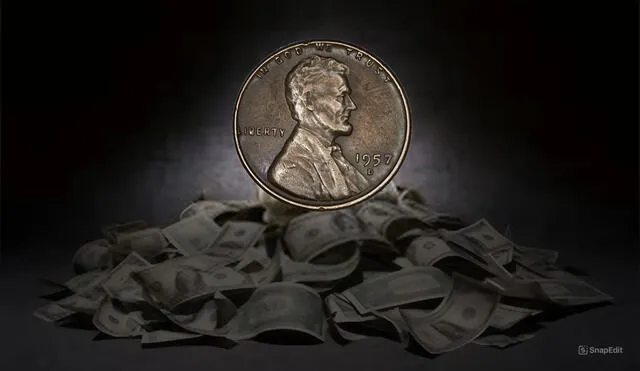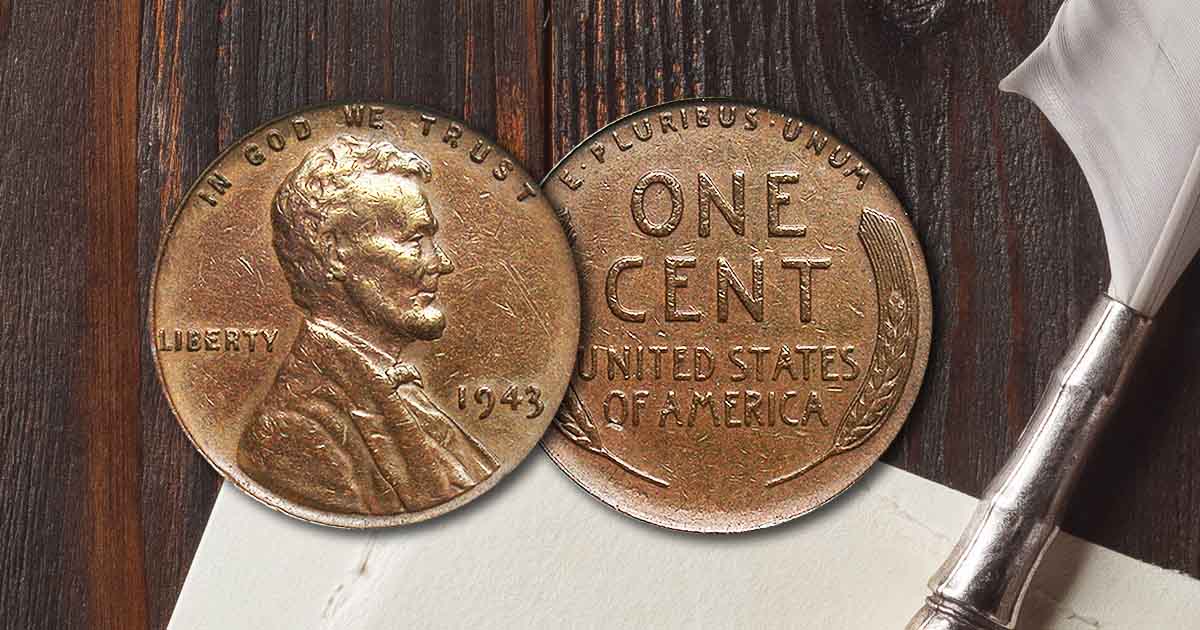The rare Lincoln Wheat Penny, worth $400K—And it could still be in your pocket
The 1943 copper Lincoln Wheat Penny, has become one of the most coveted coins among collectors, with values reaching up to $400,000. Discover how this accidental treasure came to be and learn how to identify if you have one of these valuable pennies in your possession.

The Lincoln Wheat Penny, minted from 1909 to 1958, is a common find in coin collections and pocket change across America. While most of these pennies hold minimal monetary value, a rare version from 1943 has captured the attention of numismatists and collectors alike. This particular penny, accidentally minted in copper during a year when steel was the standard, can fetch up to $400,000 at auction.
During World War II, the U.S. Mint shifted from copper to zinc-coated steel for penny production to conserve copper for the war effort. However, a few copper planchets from 1942 remained in the minting presses, leading to the creation of these rare 1943 copper pennies. It's estimated that only 10 to 15 of these coins exist today, making them some of the most sought-after errors in American coinage.
A wartime rarity in America
In 1943, the U.S. Mint produced pennies using steel coated with zinc, resulting in a silver-colored coin distinct from the traditional copper appearance. This change was implemented to allocate copper resources towards wartime necessities. Despite this, a few copper planchets were mistakenly used, producing the rare 1943 copper pennies. These coins are distinguishable by their reddish-brown hue, contrasting with the more common steel pennies of that year.

For collectors hoping to find one of these valuable coins, careful examination is crucial. Key features include:
Date and Mint Mark: The coin should display the year "1943" without any mint mark, indicating it was minted in Philadelphia. Variations exist from other mints, but they are exceedingly rare.
Color: A genuine 1943 copper penny will have the typical reddish-brown color of copper coins, unlike the silver-colored steel pennies.
Weight: Copper pennies weigh approximately 3.11 grams, whereas steel pennies are lighter, around 2.7 grams. Using a precise scale can aid in identification.
If you suspect you have a 1943 copper penny, it's advisable to consult a professional numismatist or a reputable coin grading service to verify its authenticity and assess its condition.
Other valuable Lincoln Wheat Pennies
While the 1943 copper penny is among the most valuable, other Lincoln Wheat Pennies also hold significant worth due to unique characteristics or minting errors. Notable examples include:
1943-D Bronze Cent: Valued at approximately $840,000, this coin is unique as the only known Denver Mint penny mistakenly minted in bronze during WWII.
1944-S Steel Cent: With only two known examples, this rare steel penny fetched $373,750 at auction.
These coins are highly valued primarily due to minting errors and their historical significance, making them highly sought after by collectors.
The allure of the 1943 copper Lincoln Wheat Penny lies in its accidental creation and extreme rarity. For those interested in coin collecting or hoping to stumble upon a hidden treasure, examining old pennies could prove rewarding. While the chances are slim, the potential payoff makes it worthwhile to check that jar of loose change, you might just discover a piece of history worth hundreds of thousands of dollars.
